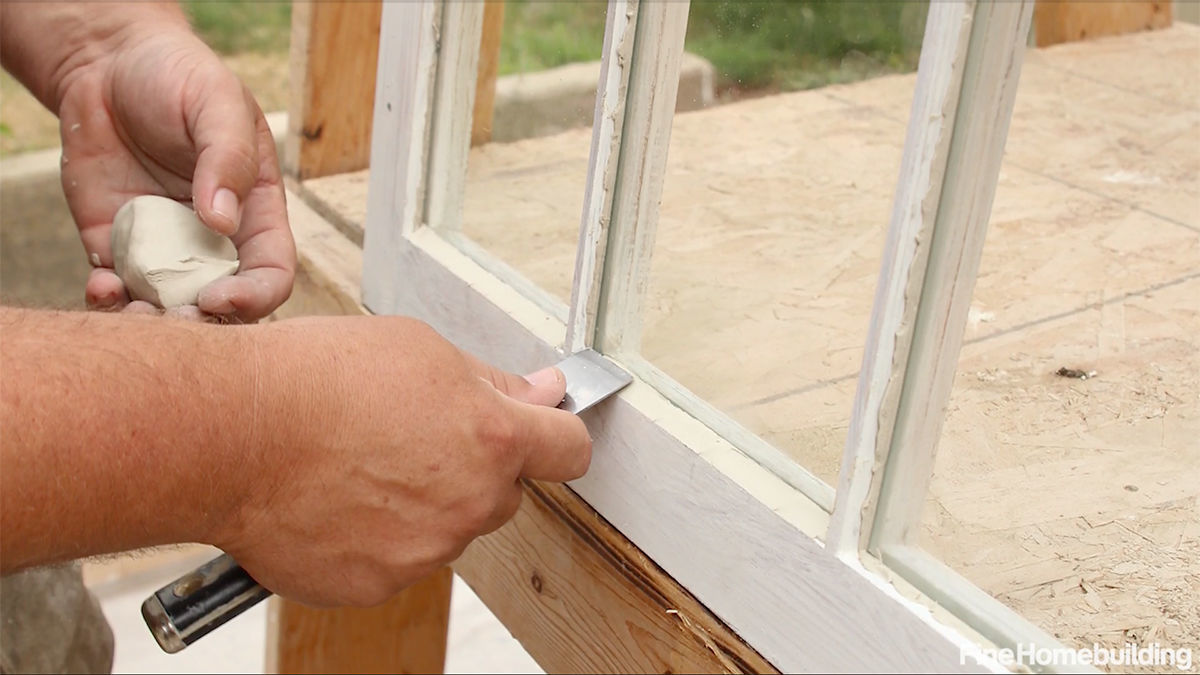Storefront Glazing Isn't As Difficult As You Think
Storefront Glazing: Enhancing Aesthetics and Functionality
Storefront glazing is a critical aspect of commercial architecture, playing a crucial function in how companies provide themselves to the public. next combines both type and function, supplying aesthetic appeal while likewise guaranteeing energy efficiency and visibility. This post explores the different kinds of storefront glazing, their advantages, factors to consider, and best practices for installation.
Comprehending Storefront Glazing
Storefront glazing describes the glass parts of a building's facade, specifically in commercial settings. It includes windows, glass doors, and in some cases glass walls that comprise the entryway or screen locations of retail and other public-facing services. The choice of glazing materials can significantly influence not just the appearance of a storefront but also its overall performance.
Types of Storefront Glazing
Single Glazing:
- Consists of one layer of glass.
- Generally less energy-efficient.
- Frequently utilized in older buildings.
Double Glazing:
- Features two layers of glass with an insulating space in between.
- Offers much better thermal insulation and soundproofing.
- Commonly utilized in contemporary stores.
Triple Glazing:
- Incorporates 3 layers of glass.
- Provides optimum insulation and energy performance.
- Best fit for extremely cold climates.
Low-E Glass:
- Coated with a special movie that shows UV rays and reduces heat loss.
- Helps preserve comfy indoor temperatures.
- Perfect for energy-conscious businesses.
Tempered Glass:
- Heat-treated to be stronger than basic glass.
- Shatters into small, safer pieces when broken.
- Often used in high-traffic areas for included safety.
Laminated Glass:
- Composed of two or more layers of glass bonded by an interlayer.
- Offers sound insulation and enhanced security.
- Can be beneficial in areas susceptible to vandalism.
Advantages of Storefront Glazing
Storefront glazing deals various advantages to companies and building owners, consisting of:
Aesthetic Appeal: A properly designed storefront enhances the visual appeal of a business, bring in consumers and improving brand image.
Natural Light: High-quality glazing can optimize natural light, producing a pleasant environment inside the shop.
Energy Efficiency: Advanced glazing products can significantly minimize energy usage, resulting in cost savings on cooling and heating.
Safety and Security: Using strong and laminated glass can help protect against break-ins and accidents.
Marketing Opportunities: Glazed shops offer exceptional presence for items and promotions, boosting marketing efforts.
Advantage
Description
Aesthetic Appeal
Improves visual beauty of an organization.
Natural Light
Takes full advantage of daylight within interiors.
Energy Efficiency
Lowers energy costs through improved insulation.
Safety and Security
Secures versus intrusions and accidents.
Marketing Opportunities
Boosts product exposure and draws consumers in.
Considerations for Choosing Storefront Glazing
When choosing the proper glazing for a storefront, a number of aspects should be thought about:
Location: The geographical location and environment determine the kind of glazing needed for optimum performance.
Structure Design: The architectural design and products utilized in the structure might influence the choice of glazing.
Regulatory Standards: Local building regulations might have particular requirements relating to safety and energy effectiveness.
Budget plan: High-performance glazing options can be more expensive, but typically result in long-lasting savings.
Functionality: Consider the main function of the storefront: Is it primarily for display screen or does it also need to supply personal privacy and protection?
Best Practices for Installation
Correct installation is crucial to taking full advantage of the efficiency and longevity of storefront glazing. Here are some best practices:
Hire Experienced Professionals: Always work with certified glazing professionals who comprehend the nuances of commercial setups.
Make Sure Proper Sealing: Well-sealed joints prevent air and water leaks, enhancing energy efficiency.
Use Quality Materials: Opt for high-quality glass and framing products that endure ecological elements.
Regular Maintenance: Implement an upkeep schedule to clean and examine the glazing, guaranteeing its durability and efficiency.
Often Asked Questions (FAQs)
Q1: What is the difference in between double and triple glazing?
A1: Double glazing consists of two layers of glass, while triple glazing consists of 3 layers. Triple glazing provides much better thermal insulation, making it more energy-efficient.
Q2: How does low-E glass work?
A2: Low-E glass has a special finishing that reflects heat and blocks UV rays, helping to manage indoor temperatures and secure furniture from sun damage.
Q3: Is tempered glass required for all storefronts?
A3: While not obligatory for all storefronts, tempered glass is advised for areas where safety is essential, such as entranceways or high-traffic areas.
Q4: Can storefront glazing effect my energy bills?
A4: Yes, the best glazing can substantially lower heating & cooling expenses through better insulation and energy efficiency.
Q5: How typically should storefront glazing be preserved?
A5: Regular upkeep needs to be arranged at least as soon as a year, but cleansing and inspections ought to be performed more regularly in high-traffic locations.
Storefront glazing is an essential feature of modern commercial architecture that integrates aesthetic appeal and practical functionality. By understanding the types of glazing readily available, their advantages, and crucial factors to consider for selection and installation, companies can make informed decisions that enhance their exposure, security, and general efficiency. In an industry driven by first impressions, a properly designed storefront can make all the distinction in drawing in clients and standing out in a competitive market.
